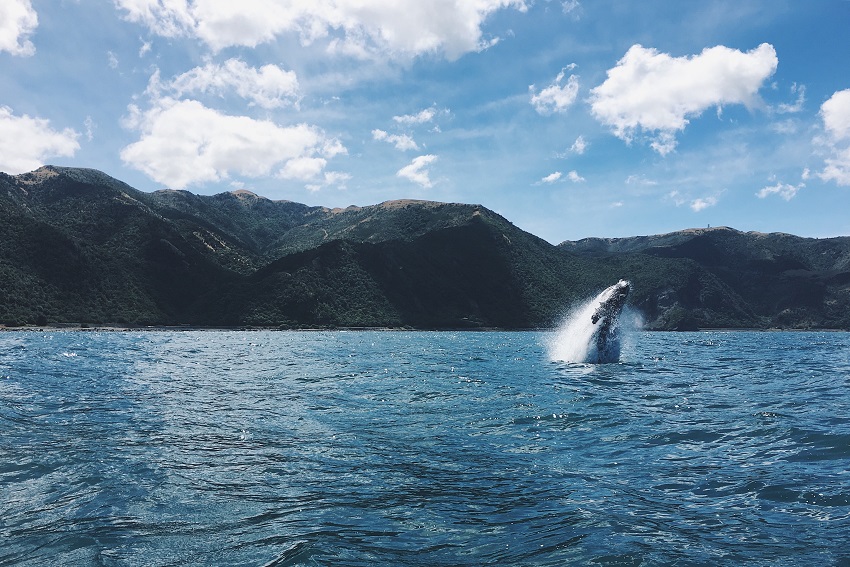The future of NZ’s marine environment

Although 96% of New Zealand’s territory lies under the sea, there are still huge gaps in our knowledge about New Zealand’s marine environment.
Two AUT researchers, Dr Rebecca Jarvis and Dr Tim Young, surveyed New Zealand’s marine scientists to discover the key areas where more research is needed.
“Our marine environment is at risk and we need to get organised to meet the challenges ahead,” says Dr Jarvis.
“Our knowledge is patchy at best and we are missing important opportunities to better manage our New Zealand waters. At worst, we run the risk of not knowing enough to be able to halt environmental decline or mitigate the dangers that threaten our ocean and the plants and animals that live there.”
Dr Young says, more than 80% of the global ocean remains unexplored, and there are many knowledge gaps regarding New Zealand’s marine environment.
“Although around 80% of NZ's flora and fauna can be found in the sea, we have identified less than one quarter of the species that we believe live there. Scientists are, on average, discovering seven new marine species every fortnight, which is faster than we can even name and classify them.
“High resolution maps of our seafloor are lacking, and we are still very much in the discovery phase in New Zealand.”
In a comprehensive survey of the marine science community, the results of which have been published in the journal Marine Policy, Drs Jarvis and Young identified nine research areas, which each have 10 research questions.
- Fisheries and aquaculture
- Biosecurity
- Climate change
- Marine reserves and protected areas
- Ecosystems and biodiversity
- Policy and decision-making
- Marine guardianship (kaitiakitanga)
- Coastal & ocean processes
- Other anthropogenic factors (impacts caused by humanity)
Dr Jarvis says the questions will bridge existing knowledge gaps to deliver the greatest environmental, social, economic and cultural benefits for New Zealand seas and society.
“There are numerous efforts currently underway which are revolutionising the way in which marine science is done in New Zealand, leading to rapid knowledge advances but there is still so much we need to know.
“The whole point of this study was to ask the New Zealand marine science community (researchers, policy-makers, managers, practitioners, tangata whenua, industry, etc) to collaboratively identify the key knowledge gaps that can make the greatest contributions to marine science, conservation, sustainable use, policy, and management.”
The researchers hope the questions will be used to drive the development of new and important research areas, compliment ongoing science initiatives, encourage collaboration, and guide the formation of research teams dedicated to working towards these priorities.
“Some of the questions can be tackled by a curious student, others by whole research groups and others will require transdisciplinary teams across the natural and social sciences, practitioners, decision-makers, tangata whenua, communities, and New Zealand citizens. There is something in there for everyone,” says Dr Young.
The AUT researchers say they would decision-makers and funders to use them as a framework for developing new policy and funding opportunities to pursue these important areas of research.